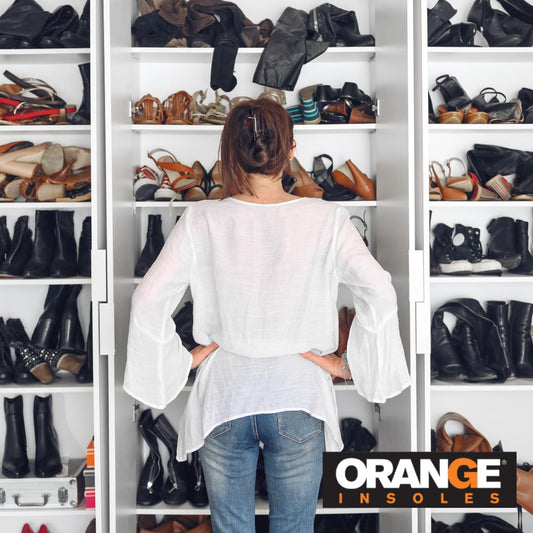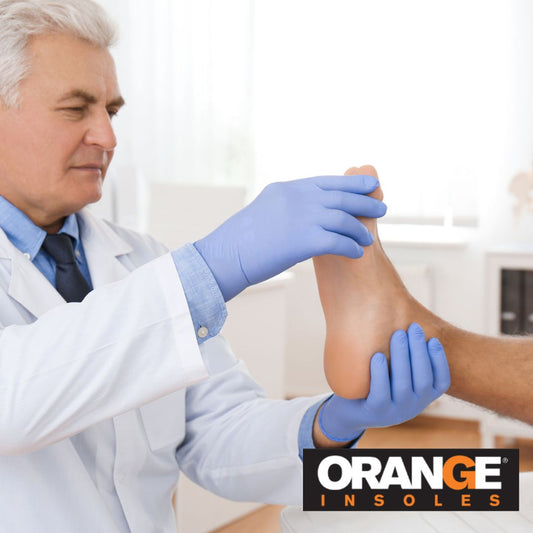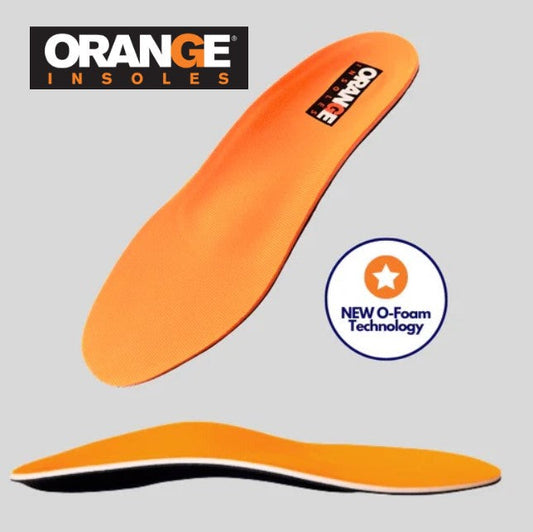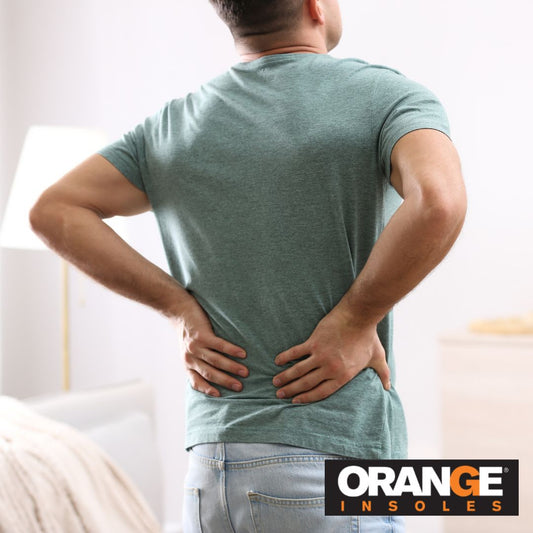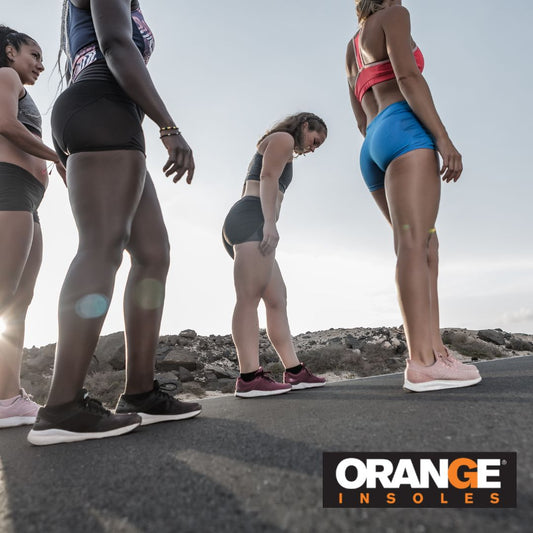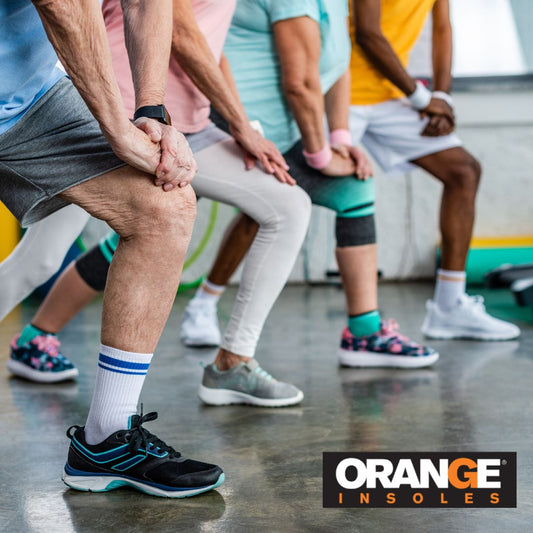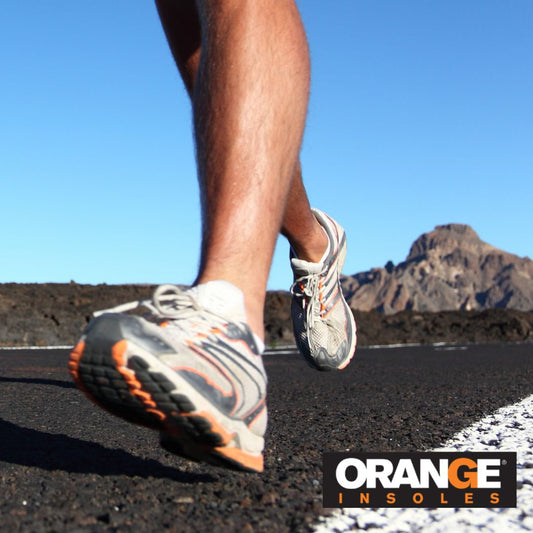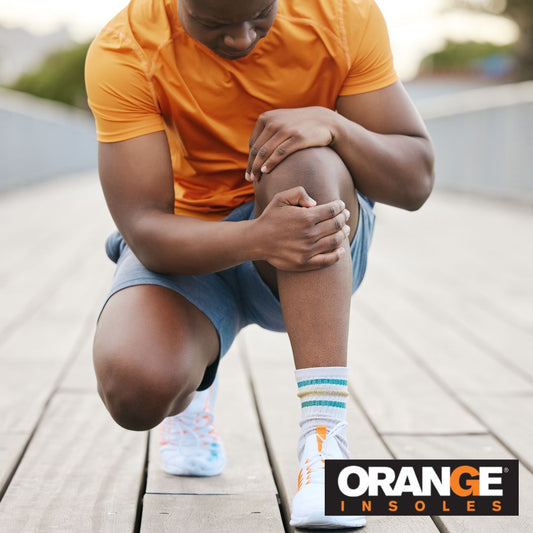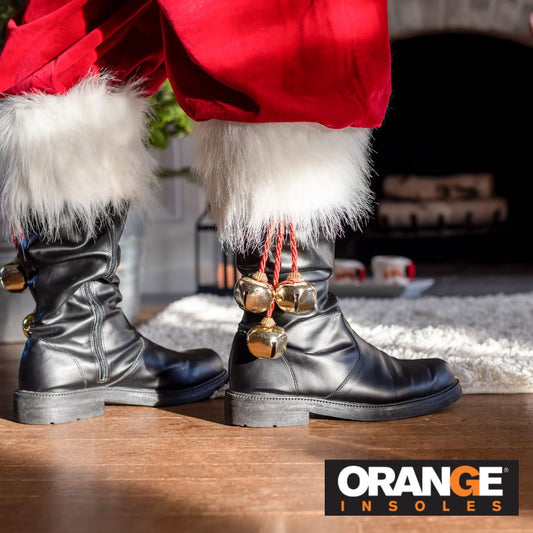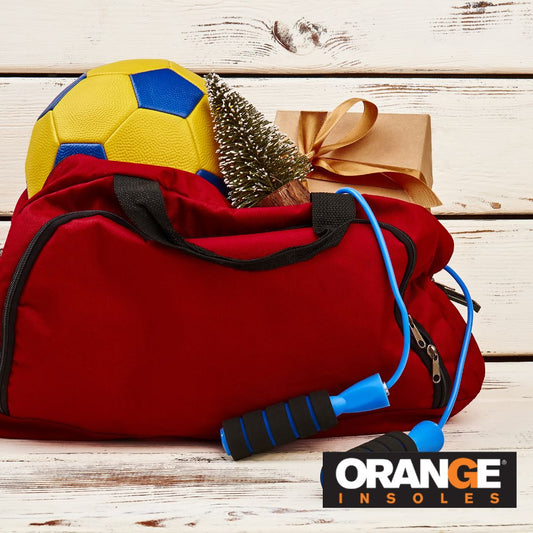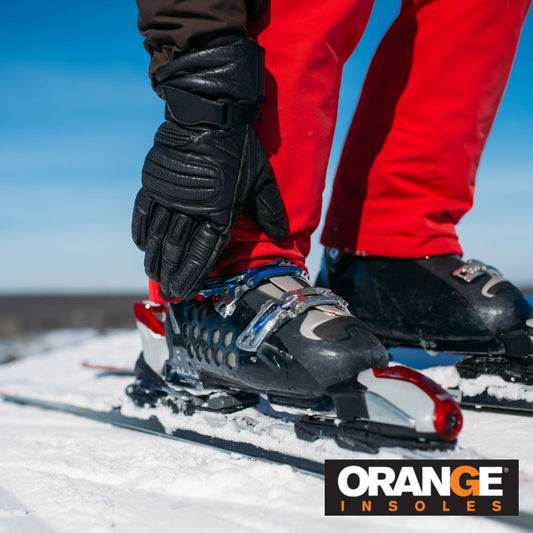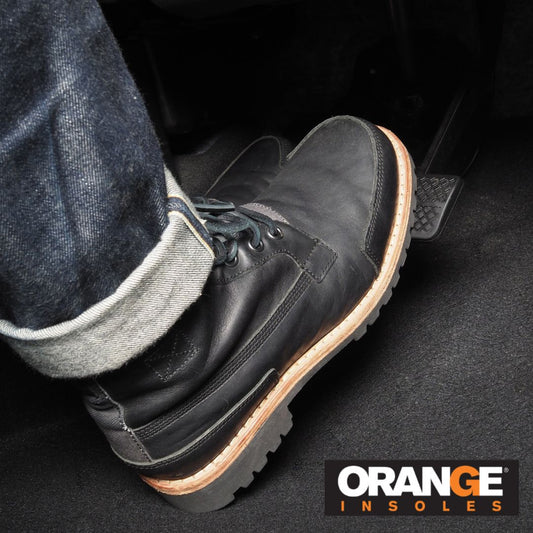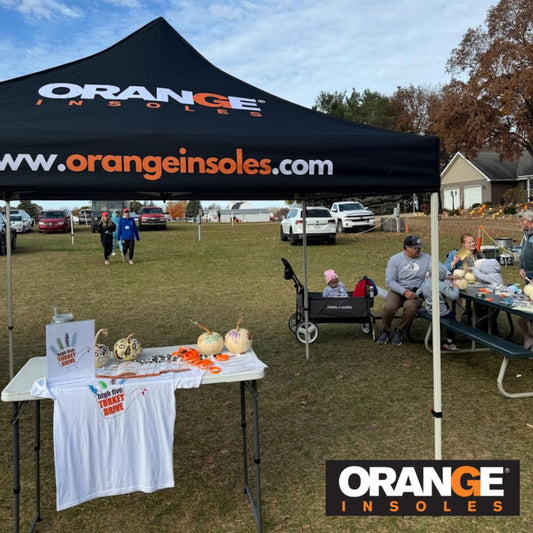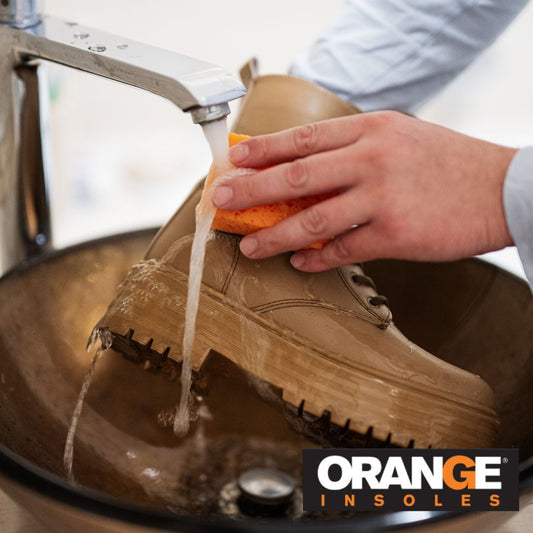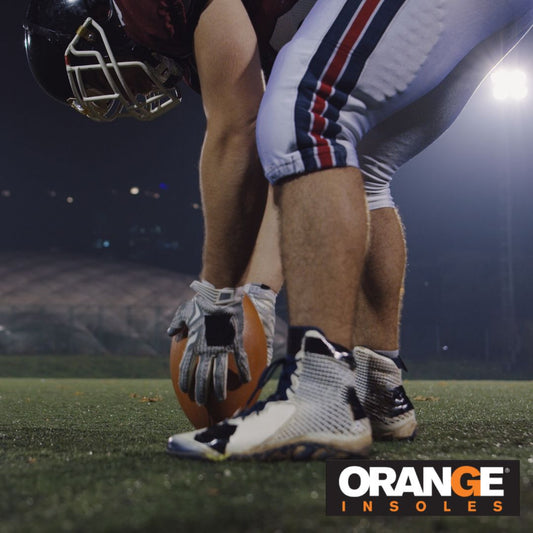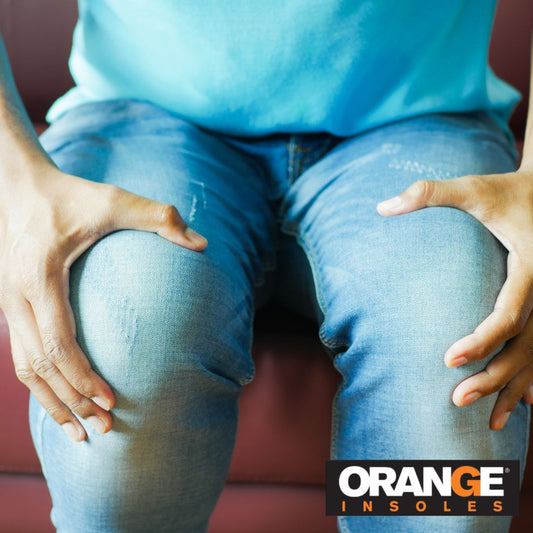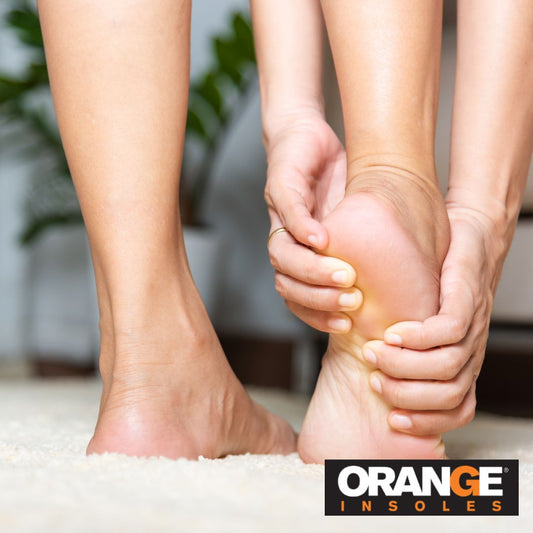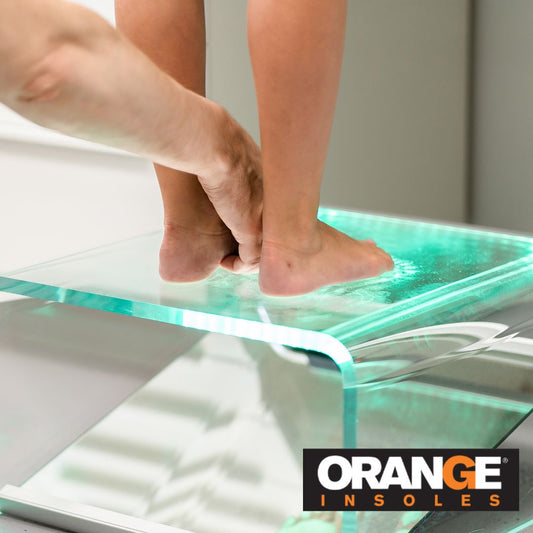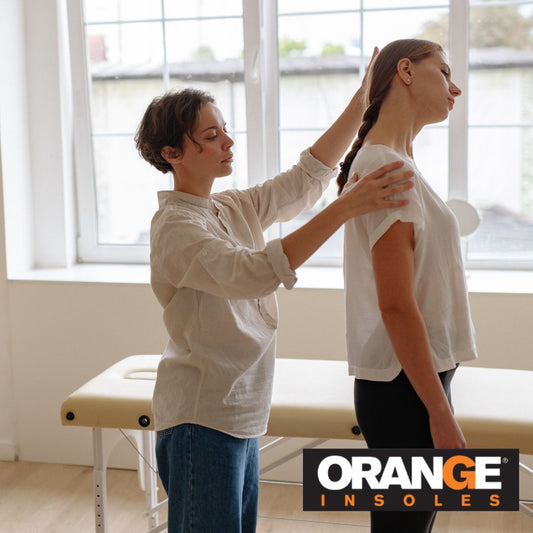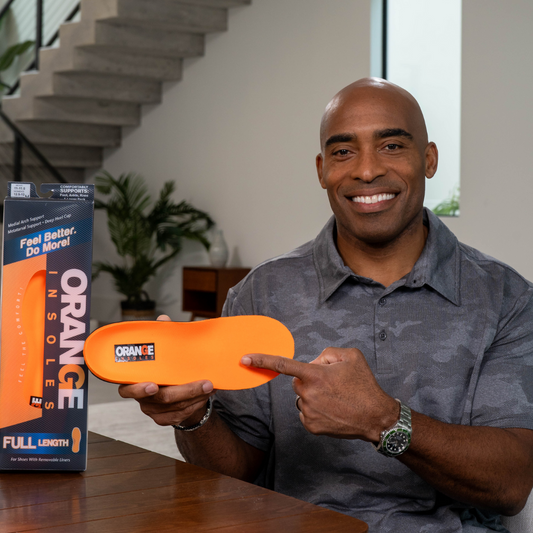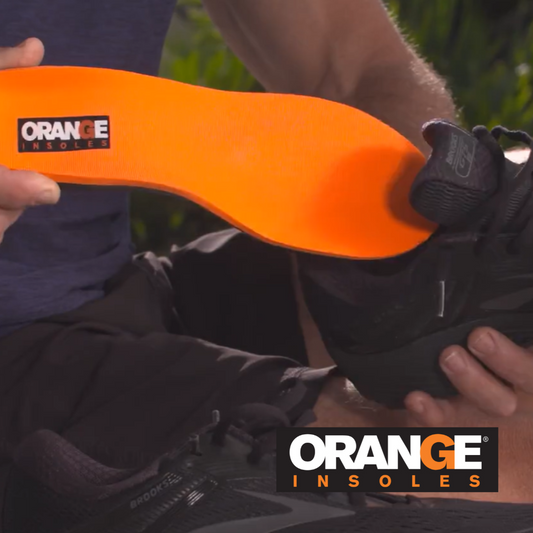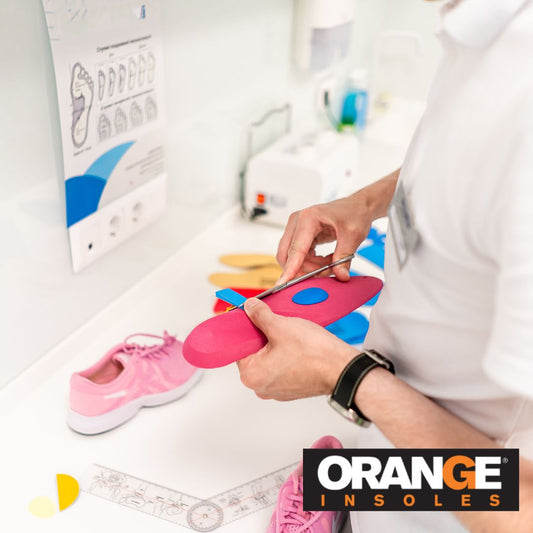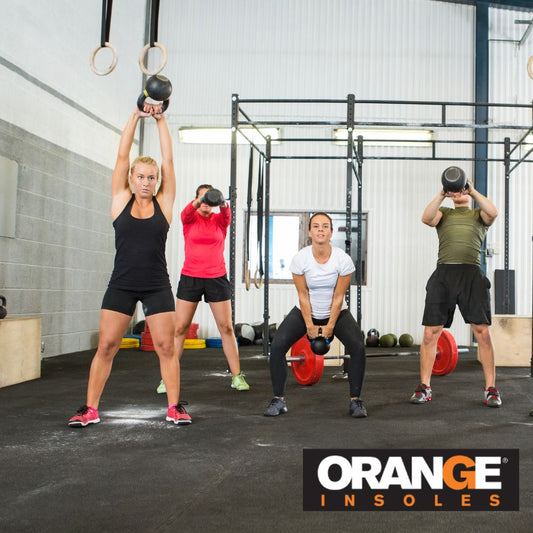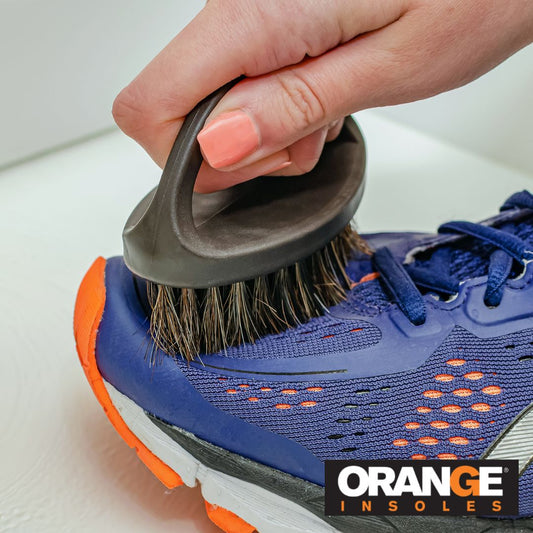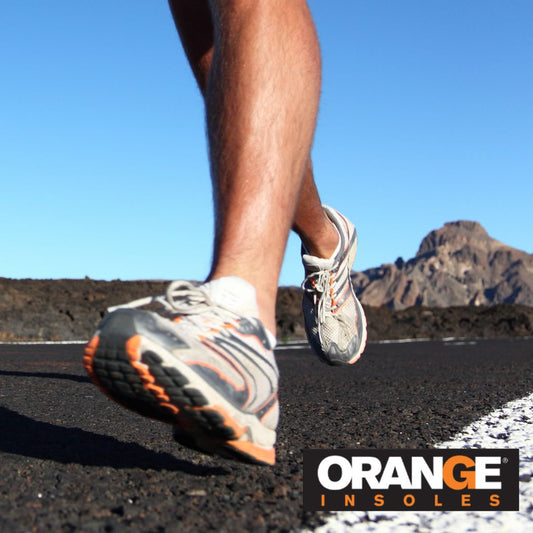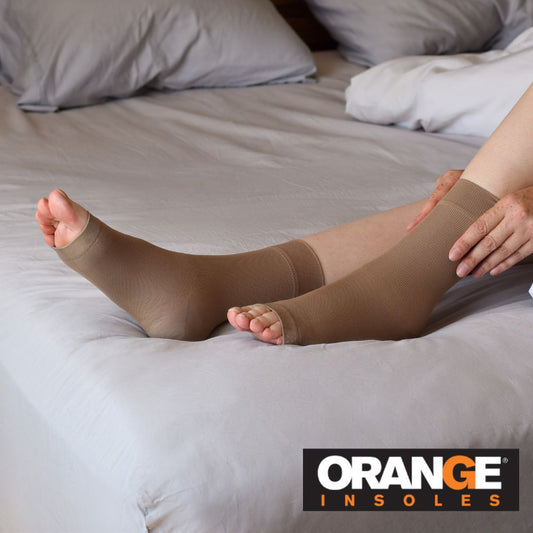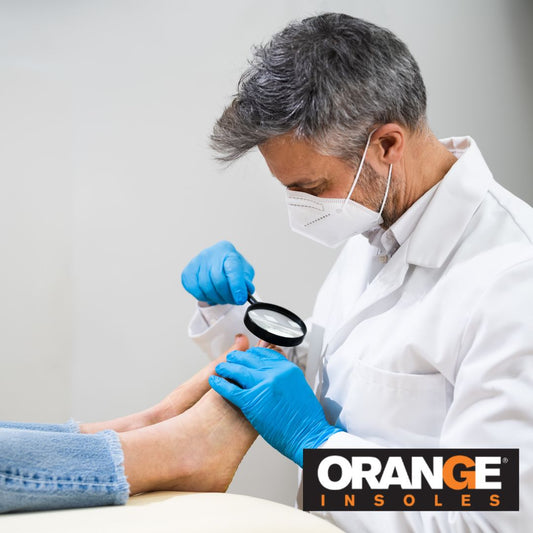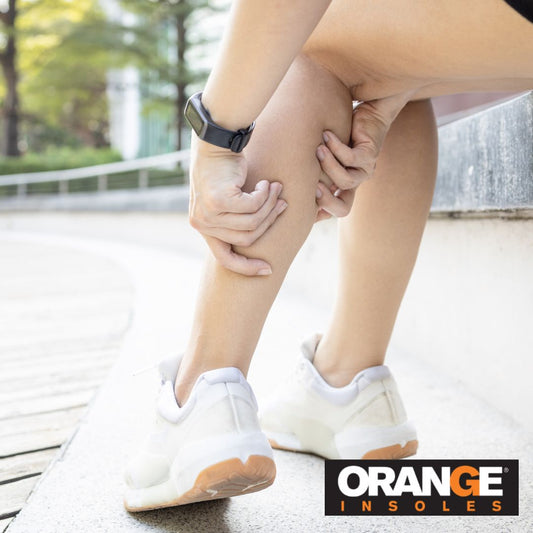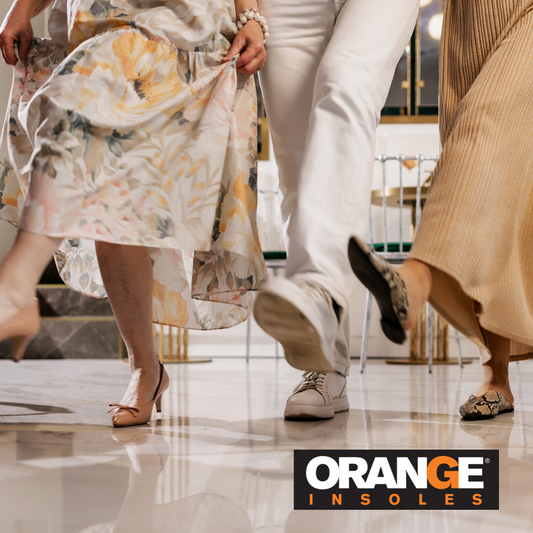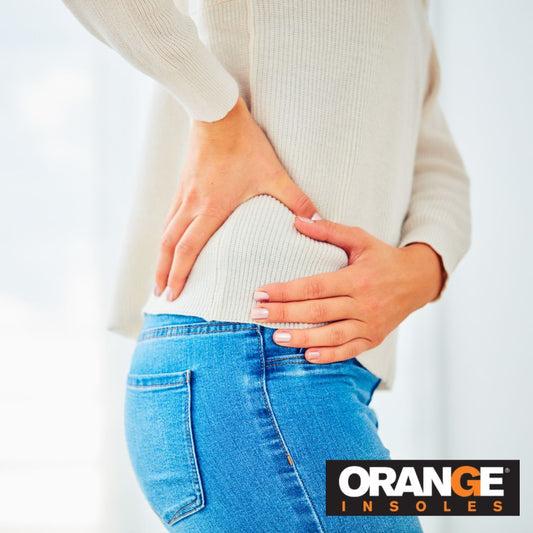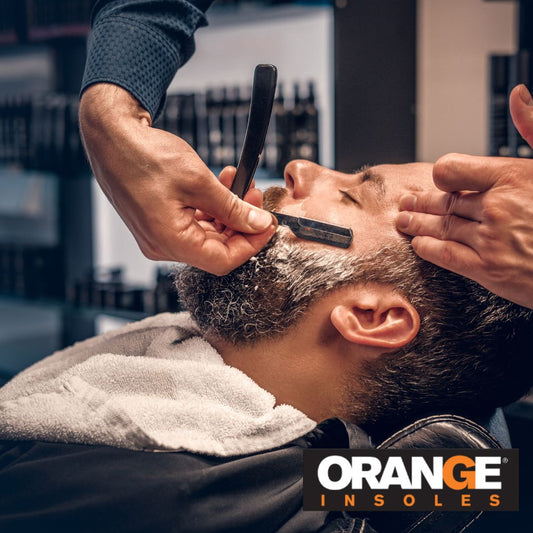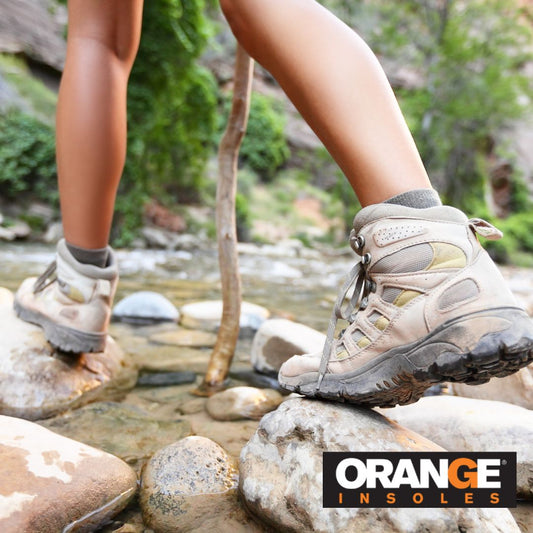If you’re suffering from hip pain, you’re not alone. And it doesn’t mean you're old or past your prime. Hip pain is a pretty common issue for people of all ages and activity levels. But while the pain is common, the cause can vary. Hip pain can be caused by a number of things from arthritis to an injury but one of the more common causes doesn’t happen anywhere near the hip.
Pain in the hip can start not in the knees, not in the ankles, but in the feet. If your feet aren’t supporting your body, you can start to get out of alignment and poor alignment can lead to hip pain.
This might seem strange, but because it’s so common, we want to take a look at some of the ways your feet (and other areas) and poor alignment can lead to hip pain…and what you can do about it!
Feet, Alignment, & Hip Pain (It’s All About Torque)
If your hip pain is related to your alignment, you can probably trace it all the way back down to your feet and the way they’re pulling on the rest of your body.
When you walk, your feet will roll slightly inward or outward naturally to help support the rest of your body over varying terrains. This is called pronation and it provides natural shock absorption. But if your feet roll inward too much for too long, this is called overpronation. Overpronating puts pressure on the medial arch and instead of supporting the foot, it gives in to that pressure.
This causes torque. It pulls the leg inward, away from its natural alignment with the hip.
Torque is a twisting force that causes, or tries to cause, rotation. The overpronation in your gait, which causes your foot to roll in, generates that twisting force in your leg. And it has to go somewhere. It tends to carry up the leg and wreak havoc on your hips.
If your hip pain issues stem from overpronation or alignment issues, it’s important to take a look at the balance and support that you receive from your footwear.
If you look at the anatomy of a shoe, you’ll see that the parts of the shoe that impact support and balance lie mostly in the outsole (the bottom of the shoes that touches the ground) and midsole (the heel of the shoe that touches the ground) regions of the shoe. Make sure your shoes have a wide enough base to help you stay balanced, and your midsole has enough medial arch support to help discourage overpronation. If they don’t, you should look into getting extra support.
Leg Discrepancy and Hip Pain (It’s All About Symmetry)
Leg length discrepancy is a condition where one leg is slightly (or not so slightly) shorter than the other. More than 50% of people have slight differences in their leg length but for the small portion of the population with a bigger discrepancy, the condition can cause pain. But even a small difference, over time, can impact your hips.
It’s also possible to have all the symptoms of a leg discrepancy… without the actual discrepancy. This happens due to environmental conditions that simulate that discrepancy.
For example: let’s say you are a runner. You run the same route everyday, which happens to be on a road that is crowned… the center is slightly higher than the shoulder. By exposing yourself to an environment where one leg has to drop further down to hit the ground, you’re exposing your hips to the same stresses they would be under if one leg was actually longer than the other.
If you have one leg shorter than the other and you’re not treating it, chances are you’re out of alignment.
Be sure to see a doctor to determine whether you have a leg discrepancy, and whether you require an orthotic heel insert to treat it. If the discrepancy is simulated, try changing your habits. (Run a different direction on the track than you’re used to, for instance.) And keep alignment in mind to see whether that may also contribute to your hip pain.
Why Alignment Matters
Poor Alignment and Posture can lead to a number of issues:
Alignment doesn’t just cause sore muscles or painful symptoms, it can also impact your overall health. Those with misalignment of the spine might experience:
- Frequent illnesses
- Digestion issues
- Respiratory issues
- A slower metabolism
- Interrupted sleep
Can Insoles Help Your Hips and Alignment?
A good, supportive insole can help hip pain by providing additional arch support. When it comes to overpronation issues, it’s good to err on the side of more support. A strong arch helps keep the foot from rolling inward and significantly reduces the amount of torque generated in your gait.
A supportive insole can also be used in conjunction with issues related to leg discrepancy.
Sometimes a gait can be affected by the habitual stresses caused by natural or simulated leg discrepancy. A good insole can be used along with a doctor prescribed heel lift to help encourage the development of a healthy stride.
Orange Insoles provide superior arch support, as well as a heel cup and metatarsal pad for additional benefits to alignment. And they’re available in three different styles to fit any shoe. Check out the inventory to find the one that’s right for you.







